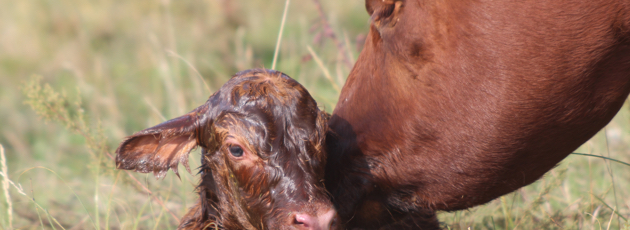
As producers are faced with the challenge of improving the consistency and efficiency of beef production, they are turning more and more to the use of technology to do so. Real-time carcass ultrasound offers producers a means of genetic improvement by enhancing the accuracy of their cattle's carcass EPDs. While the actual scan information itself can be interesting to review, it has little-to-no-value for genetic improvement unless incorporated into a genetic evaluation.
Relative to progeny testing and actual carcass data collection, ultrasound is a less expensive and more efficient means of evaluating carcass traits in breeding seedstock. The phenotypes collected through ultrasound and used to enhance RAAA carcass EPDs are ribeye area (REA), back fat thickness (BF), percentage of intramuscular fat (IMF).
RAAA requires that these traits are collected by an Ultrasound Guidelines Council (UGC) Certified Field Technician and the images are interpreted by a UCG Certified Interpreter (lab). After the collection and interpretation process, the data is electronically sent to the RAAA National office where it is uploaded into the REDSPro database for use in EPD calculations.
Ultrasound is a great method for seedstock producers to evaluate the carcass traits in individuals that are not packer bound but will affect their bottom line on those that are. It is best to collect ultrasound information on as many animals in a contemporary group as possible, both males and females.
A contemporary group is a set of cattle that are exposed to the same environmental conditions and includes ALL cattle within that environment. In addition to the following, animals must be contemporaries at birth and weaning in order to group together at ultrasound or yearling.
Preparation
Ensure the correct facilities and responsibilities are covered by communicating with your scan technician and (if applicable) the facility manager. Examples of breeder/facility responsibilities include:
Results